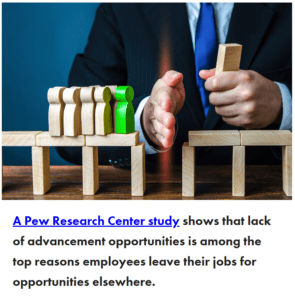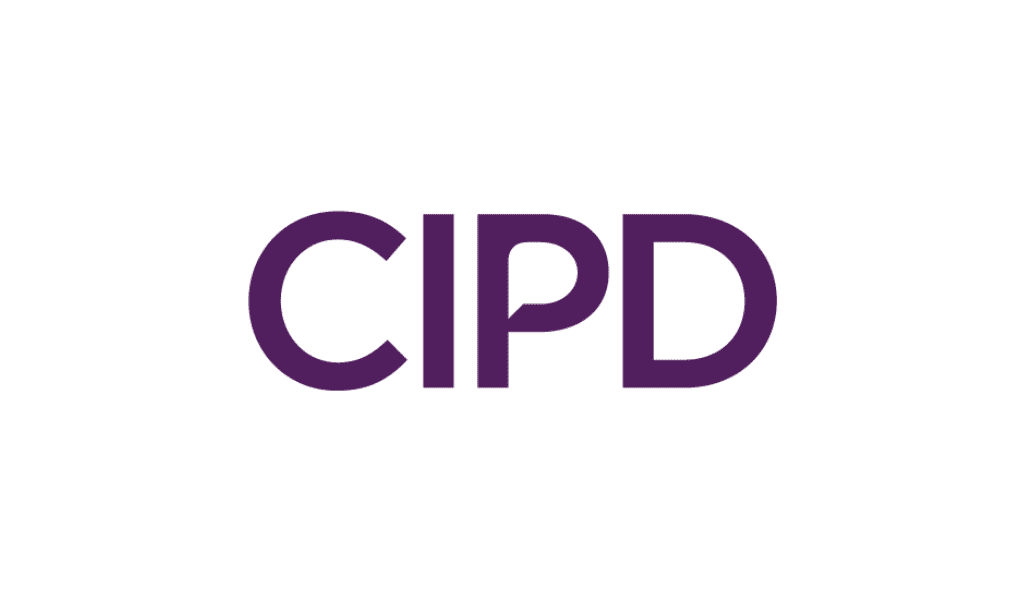These three approaches ensure training investments in current employees pay off.
By Katherine Loranger
Two persistent trends—a low unemployment rate and lingering economic uncertainty—are creating a dilemma for HR teams tasked with addressing talent gaps in their organizations. On one hand, HR professionals must ensure their companies have people with the right skills in place, even as talent needs evolve, and low unemployment makes finding workers with the necessary expertise difficult. On the other hand, an unsettled economy results in tighter budgets as businesses look for ways to shore up cash reserves, meaning HR teams must find creative ways to do more with less.
Hiring new talent is costly, as is replacing current employees, making retention a top goal for HR teams in 2023. As a workplace trends piece in Harvard Business Review notes, the way organizations respond to budgetary pressures and workforce needs may determine their status as an employer of choice, and skills development specifically can play a major role.
Technologies like AI and machine learning are now more widely used in business applications, and as they evolve, they will make some skill sets obsolete and create demand for new areas of expertise. Reskilling—a program that trains existing employees in new skills that the company needs—can be the ideal solution. It can expand organizational capabilities without adding to the company’s headcount. Reskilling can also help improve employee engagement by giving them new opportunities to work on projects that align with their passion areas.

Here are three tips that can help HR teams create a successful reskilling program.
1. Focus on reskilling that aligns employee development with business objectives. An effective reskilling program gives employees an opportunity to pursue business skills in areas they are passionate about. This can increase retention by signaling the company’s investment in employee success and workplace satisfaction. Of equal importance is reskilling in areas that are aligned with business objectives, which helps organizations expand capabilities across a range of critical areas, including people management, technology, and project management.
This approach allows the reskilling program to fulfill workforce objectives by keeping great employees onboard, while also instilling confidence that they are delivering value to the organization and inspiring them to grow within their roles. Reskilling can help address emerging talent gaps so the company can continue to grow and thrive. When done correctly, reskilling ensures that both employees and employers benefit.
2. When possible, offer training that matches employees’ learning styles. Not everyone learns in the same way, and it’s not possible to provide all training or reskilling sessions in formats that match every employee’s individual style. But it is possible to offer multiple learning format choices, which is more inclusive than a one-size-fits-all approach. Multiple learning formats can also help employers address generational preferences in the workforce.
Active learning, or learning by doing and/or participating in discussions during a training session, is more popular among Gen Z employees. Passive learning—reading material or viewing a training video—is preferred by most Gen X team members. Creating reskilling and training opportunities that encourage collaboration and feedback are more inclusive to different learning styles, especially among globally diverse teams.
3. Make sure the reskilling program is flexible. Arguably the most significant workplace change in the past few years is the employee demand for greater flexibility in where and when they work, which has prompted many employers to adopt remote and hybrid work schedules so they can attract and retain the best talent. Adopting a “work in any way” approach can empower employees to choose where, when, and how they learn.
A flexible reskilling program allows employees to receive additional development and training in ways that suit their schedules, location, and learning styles. By providing flexible times and multiple methods of training, flexible reskilling can lead to a more positive work environment that’s inclusive of all employees, teams, and departments. This results in greater employee satisfaction and lower turnover.
The employer-employee relationship has changed in fundamental ways over the last few years, giving rise to trends like The Great Resignation and “quiet quitting” while also prompting HR teams to focus on retention. Research shows that lack of advancement opportunities is among the top reasons employees leave their jobs for opportunities elsewhere, so creative HR teams are looking at solutions like reskilling to keep their best employees onboard.
When HR teams pursue a reskilling strategy with business goals, learning styles and flexibility in mind, they not only achieve their retention objectives, but they can also meet emerging workforce needs without adding to the organization’s headcount. Both goals are important in a time of economic uncertainty where businesses face budgetary challenges as well as competition for skilled workers.
Katherine Loranger is chief people officer for Safeguard Global.














